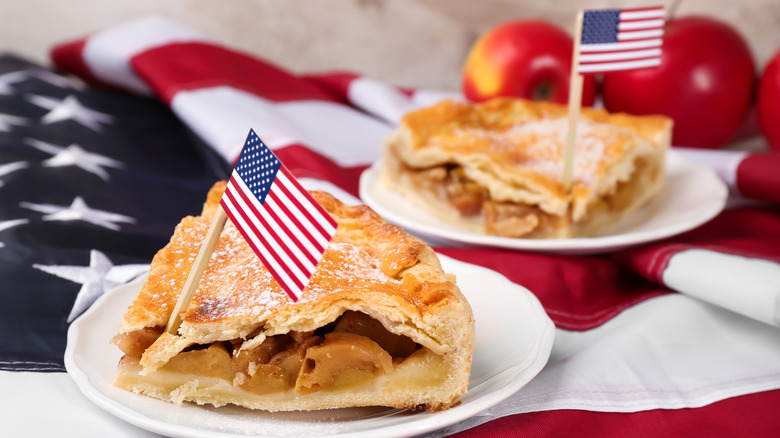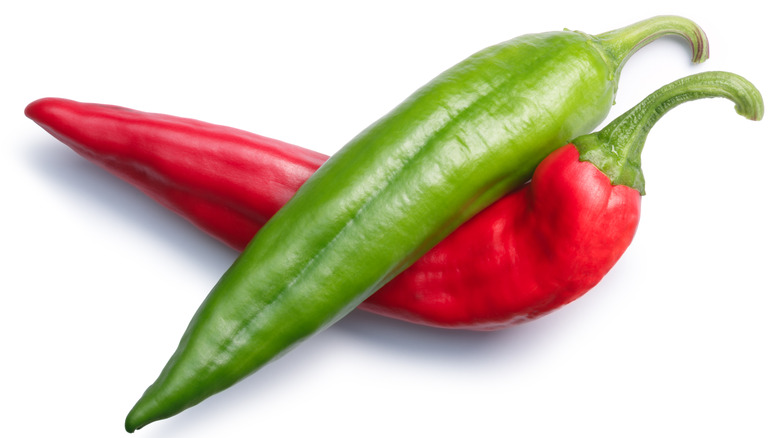The Complicated Process Of Determining A State's Official Food
If you take a look at the list of official state foods, you might wonder if the wacky blend — everything from "official state shellfish" to "official white wine grape" — was conjured up by a fifth-grader. The thing is, you'd be partially right. The odd tradition of naming official state foods started as a way for young students to learn about the legislative process by passing a bill of their own into law. But just because a fifth grader can do it doesn't mean the process is simple.
While not every state has an official state food (10 don't: Alaska, Arizona, Hawaii, Iowa, Michigan, Mississippi, Montana, Nebraska, Nevada, Pennsylvania, Virginia, and Wyoming), some have multiple, and some foods have multiple "official states." Take the pecan, for example, which finds its home — in nut or pie form — in six states' official repertoires.
Though you might be impressed by the large number of foods listed, the list of state foods that never were is likely much longer. Proposing the idea is one thing, but the process of getting an official state food declared is actually far more complicated and difficult than you might expect — it involves questions of lobbying, state pride, and political maneuvering.
How the (official state) sausage gets made
The practice began in the 1960s in New Mexico when a high school student suggested naming the chile the state's official vegetable. Soon after, an amendment was suggested by a representative from a bean-growing region to instate the pinto bean as co-official vegetable. It passed, and a tradition of political battles over culinary symbols began. Later, a debate in New Mexico arose over red or green chiles being the official vegetable, and an "official state question" was created. Never mind that chili peppers are actually fruits.
While many states would seemingly want to rally around a beloved food, questions of state food culture can be, well, slippery. In Utah, via State Resolution 5, "Resolution Urging Jell-O Recognition," the state's snack was legally recognized to be a brand: Jell-O. This was done to recognize the Beehive State's status as one of the jiggly dessert's biggest markets. While many hypothesized that Mormons just loved Jell-O, a more nuanced look reveals that targeted marketing during the 1980s to Utah's large population of young families may have contributed to the rise of this "official state snack."
Some politicians argue that the playful bills are a waste of valuable state time and resources. This has led to harmless, student-proposed legislation meeting brutal fates at the hands of state legislators, who employ tactics to derail the bills from ever seeing the light of day. In Wisconsin, a 1988 student proposal to make the cranberry muffin the "official state muffin" was rebuffed by senators with tongue-in-cheek tactics that included declaring the official muffin the "meadow muffin" (in other words, cow poop) instead.

